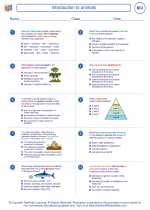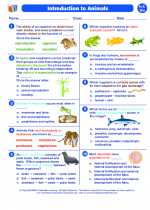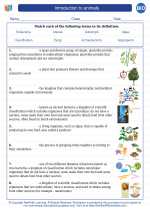Glaciers
A glacier is a large, persistent body of ice that forms over many years. It is formed from the accumulation and compaction of snow, which eventually turns into ice.
Types of Glaciers
There are two main types of glaciers: alpine glaciers and ice sheets. Alpine glaciers form on mountains and move downslope through valleys, while ice sheets are massive, continent-sized glaciers that cover large areas of land.
Formation of Glaciers
Glaciers form through the process of snow accumulation, compaction, and recrystallization into ice. Over time, the weight of the accumulating snow and ice causes the lower layers to compress into solid ice.
Movement of Glaciers
Glaciers move due to the force of gravity. This movement, known as glacial flow, can cause erosion and deposition of sediment as the glacier advances and retreats.
Effects of Glaciers
Glaciers have a significant impact on the landscape, shaping valleys, carving out fjords, and leaving behind characteristic landforms such as moraines and drumlins.
Study Guide
- What is the main difference between alpine glaciers and ice sheets?
- Describe the process of glacier formation.
- Explain how glaciers move and the effects of their movement on the landscape.
- Discuss the role of glaciers in shaping the Earth's surface.
◂Biology Worksheets and Study Guides High School. Introduction to animals

 Worksheet/Answer key
Worksheet/Answer key
 Worksheet/Answer key
Worksheet/Answer key
 Worksheet/Answer key
Worksheet/Answer key
 Vocabulary/Answer key
Vocabulary/Answer key
 Vocabulary/Answer key
Vocabulary/Answer key
 Vocabulary/Answer key
Vocabulary/Answer key
